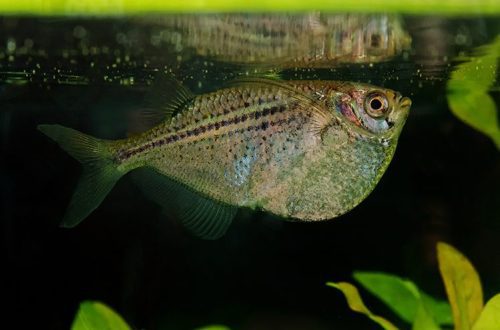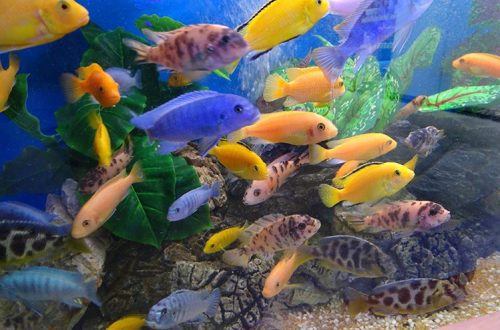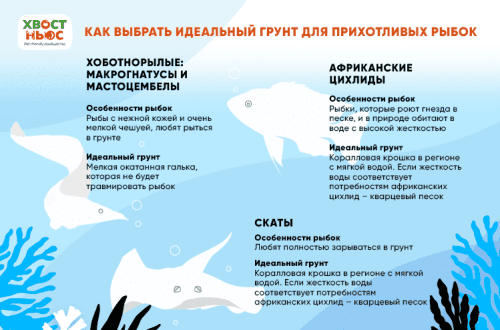
Axolotl: the key to human regeneration
Scientists are investigating how regeneration works in smiling amphibians and whether it can be applied to humans.
, or Mexican ambistoma, is known for its ability to regenerate any organ. The owners of several axolotls noticed: if one of the neighbors attacks another and the victim loses a leg or part of the tail, after a while the limb or tail will grow back.
People have dreamed of regeneration since ancient times! It would seem that now you need to find out how it works in axolotl, and apply it to humans. In fact, everything is much more complicated. For a long time, scientists could not study the ambist because of the lack of tools and limited themselves to well-known mice, frogs and roundworms.
That has been changed by biologists at the MDI Lab in Bar Harbor, Maine, and their axolotl colleagues around the world. The study was led by Dr. Prayag Murawala, a follower of Ellie Tanaka, the world’s leading axolotl researcher. Dr. Murawala worked in his laboratory at the Research Institute for Molecular Pathology in Vienna.
At the moment, science is engaged in the description of the axolotl genome. It turns out that it is 10 times larger than the human genome.
The task of the coming years is to create a database that will combine genetic and biological information about the axolotl and become available online to scientists from all over the world. And then – the search for transgenic animals, that is, those experimental individuals that will integrate axolotl DNA.
Scientists are especially interested in the regeneration of the limbs and tail. This research could become a sensation in the treatment of human injuries. And at the same time, we can hope that the very secret of eternal youth is hidden in this small smiling amphibian. Who knows?





